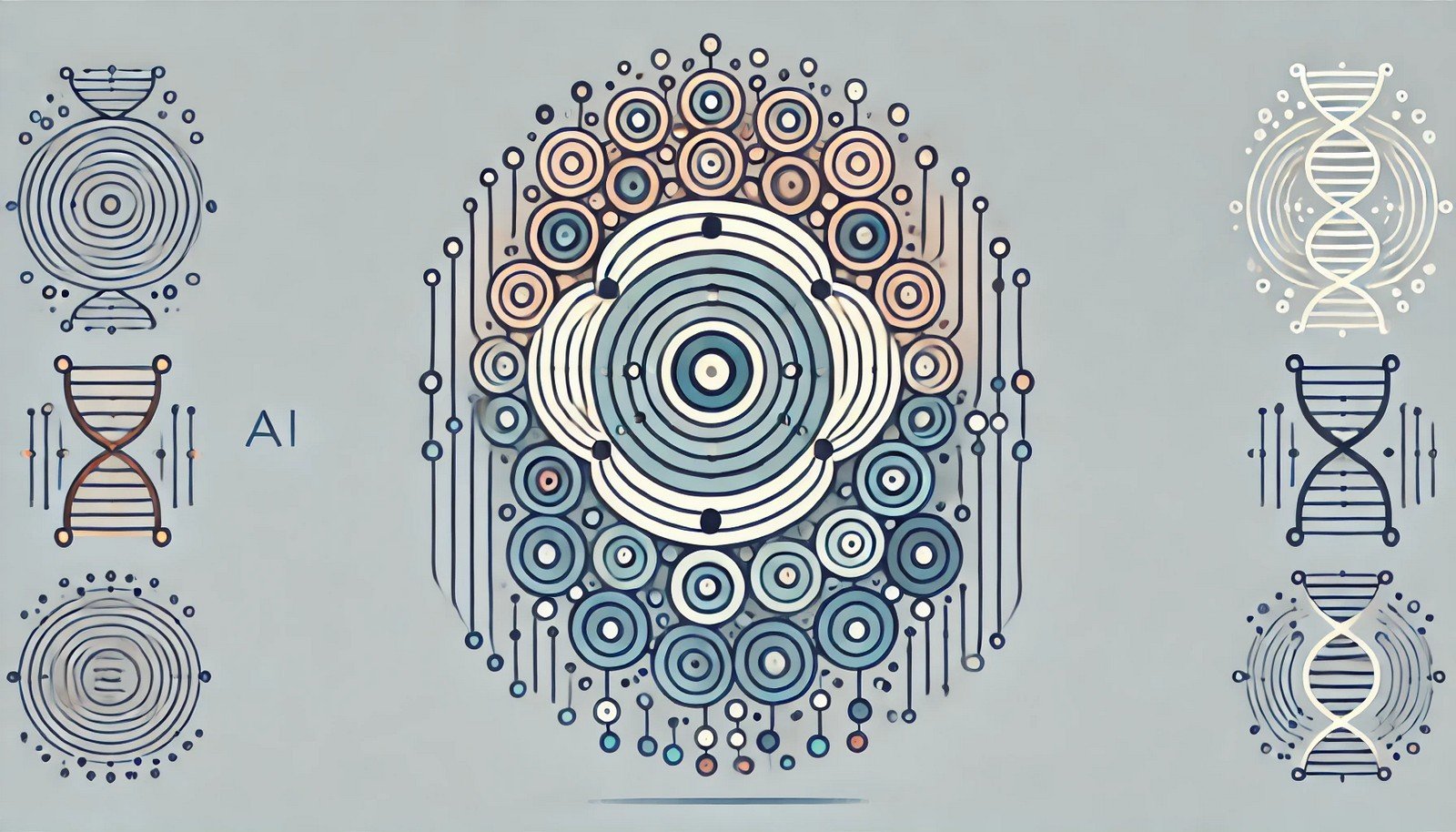Evolutionary Algorithms

Quick Navigation:
- Evolutionary Algorithms Definition
- Evolutionary Algorithms Explained Easy
- Evolutionary Algorithms Origin
- Evolutionary Algorithms Etymology
- Evolutionary Algorithms Usage Trends
- Evolutionary Algorithms Usage
- Evolutionary Algorithms Examples in Context
- Evolutionary Algorithms FAQ
- Evolutionary Algorithms Related Words
Evolutionary Algorithms Definition
Evolutionary Algorithms (EAs) are computational methods that optimize solutions by mimicking the processes of natural evolution, such as selection, mutation, and crossover (or recombination). These algorithms generate potential solutions for complex optimization problems, gradually improving them over time by selecting the fittest solutions and introducing variations. Key techniques under evolutionary algorithms include Genetic Algorithms (GAs), Evolution Strategies (ES), Genetic Programming (GP), and Differential Evolution (DE). The fundamental idea behind EAs is to leverage concepts of survival and reproduction to iteratively improve potential solutions, making them ideal for tasks where traditional optimization techniques may struggle, such as non-linear or highly complex problems.
Evolutionary Algorithms Explained Easy
Imagine you’re trying to come up with the best cookie recipe, but you have hundreds of ingredients and baking methods to choose from! Instead of testing every possible recipe, you try a few, pick the best ones, and mix parts of those recipes together. Then you add small changes, like a bit more sugar or less flour, and test again. Over time, you get closer and closer to a perfect cookie recipe. Evolutionary algorithms work similarly: they start with many possible answers, keep the best ones, mix them, and make small changes to improve each time!
Evolutionary Algorithms Origin
Evolutionary algorithms were inspired by the theory of evolution by natural selection, as proposed by Charles Darwin. This approach to problem-solving emerged as part of computer science and artificial intelligence research in the 1950s and 60s, when scientists sought methods to address problems that did not have straightforward solutions. Pioneers like John Holland and Ingo Rechenberg began developing genetic algorithms and evolution strategies, respectively, which set the foundation for the broader field of evolutionary computation.
Evolutionary Algorithms Etymology
The term "Evolutionary Algorithm" stems from the Latin word “evolutio,” meaning an “unrolling” or “opening out,” symbolizing the gradual process of development and improvement. "Algorithm" derives from the name of Persian mathematician Al-Khwarizmi, whose work introduced systematic problem-solving methods.
Evolutionary Algorithms Usage Trends
Over recent years, evolutionary algorithms have seen increasing usage in various fields due to their adaptability to complex optimization problems. Industries such as engineering, finance, healthcare, and artificial intelligence apply EAs for tasks ranging from design optimization and machine learning model tuning to financial forecasting and drug discovery. This trend reflects a growing interest in nature-inspired problem-solving methods as computational power has increased, allowing for more efficient processing of large populations and complex simulations.
Evolutionary Algorithms Usage
- Formal/Technical Tagging:
- Optimization techniques
- Evolutionary computation
- Genetic operators - Typical Collocations:
- "genetic algorithm"
- "fitness function"
- "mutation rate"
- "selection pressure"
- "evolutionary strategy"
Evolutionary Algorithms Examples in Context
- Engineers use evolutionary algorithms to design aerodynamic car shapes by simulating thousands of variations and selecting the most efficient.
- In finance, evolutionary algorithms help optimize trading strategies by evaluating different rule combinations and evolving the best-performing ones.
- Biologists apply evolutionary algorithms to study and model the processes of evolution, testing different scenarios in a virtual environment.
Evolutionary Algorithms FAQ
- What are evolutionary algorithms?
Evolutionary algorithms are optimization techniques inspired by natural selection, using processes like mutation, crossover, and selection to improve solutions over generations. - How do evolutionary algorithms work?
They start with an initial population of solutions, evaluate their fitness, select the best ones, and then apply mutation and crossover to generate new solutions. - What are the main types of evolutionary algorithms?
Common types include Genetic Algorithms (GAs), Evolution Strategies (ES), Genetic Programming (GP), and Differential Evolution (DE). - What is the purpose of the fitness function in evolutionary algorithms?
The fitness function evaluates how "good" or "fit" a solution is in solving the problem, guiding the selection process. - Where are evolutionary algorithms used?
They’re used in fields like engineering, machine learning, robotics, finance, and biology for optimization tasks. - What are the advantages of evolutionary algorithms?
They’re flexible, work well for complex or non-linear problems, and don’t require gradient information. - Are evolutionary algorithms related to machine learning?
Yes, they’re used in machine learning to optimize models and parameters and to solve problems where traditional learning algorithms may struggle. - How does mutation work in evolutionary algorithms?
Mutation introduces random changes in solutions to maintain diversity and explore new solutions. - What is selection pressure?
Selection pressure is the rate at which fitter individuals are chosen over less fit ones, impacting the convergence rate. - Can evolutionary algorithms find the optimal solution?
They often find near-optimal solutions but are not guaranteed to find the absolute best due to their stochastic nature.
Evolutionary Algorithms Related Words
- Categories/Topics:
- Genetic Algorithms
- Evolution Strategies
- Genetic Programming
- Natural Evolution
- Computational Optimization
- Heuristic Algorithms
- Machine Learning
Did you know?
In the early 1990s, evolutionary algorithms played a surprising role in biology: they helped scientists study biological evolution itself by creating virtual simulations of evolutionary processes. This not only aided in understanding natural selection but also improved the algorithms themselves, creating a feedback loop between biological and computational sciences.
PicDictionary.com is an online dictionary in pictures. If you have questions or suggestions, please reach out to us on WhatsApp or Twitter.Authors | Arjun Vishnu | @ArjunAndVishnu

I am Vishnu. I like AI, Linux, Single Board Computers, and Cloud Computing. I create the web & video content, and I also write for popular websites.
My younger brother, Arjun handles image & video editing. Together, we run a YouTube Channel that's focused on reviewing gadgets and explaining technology.



Comments powered by CComment